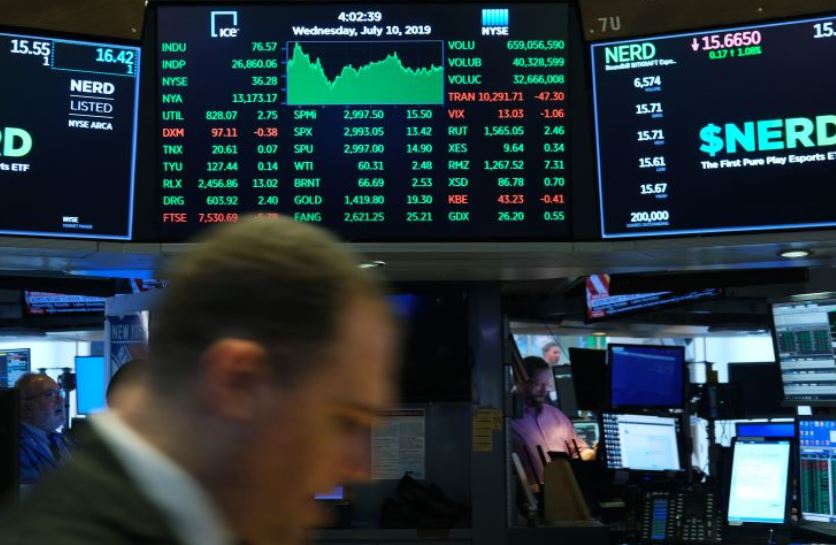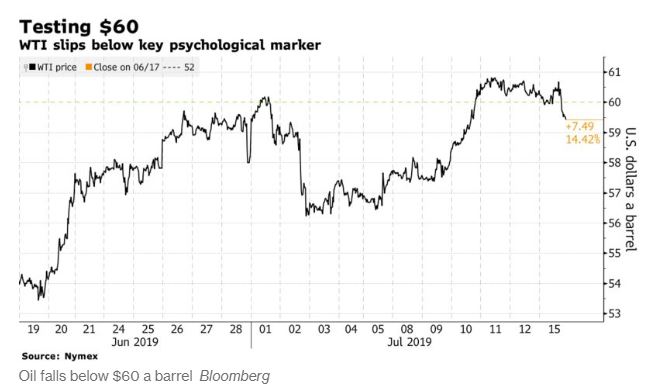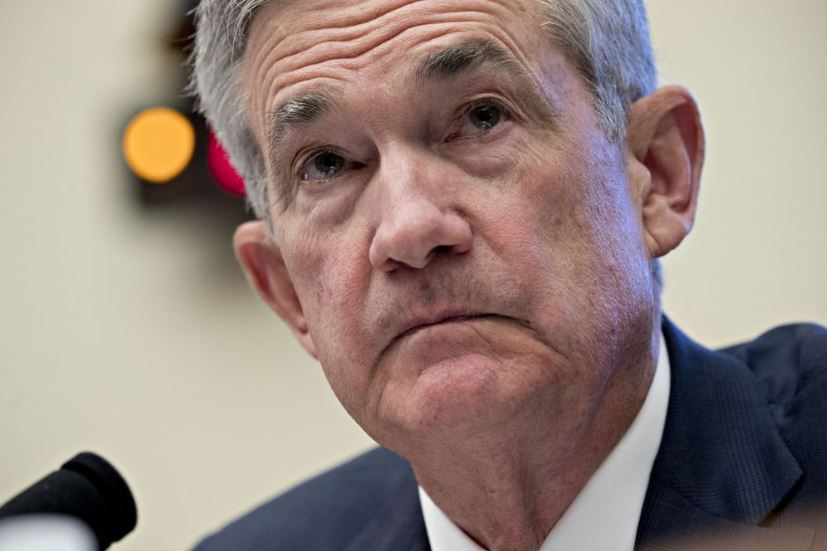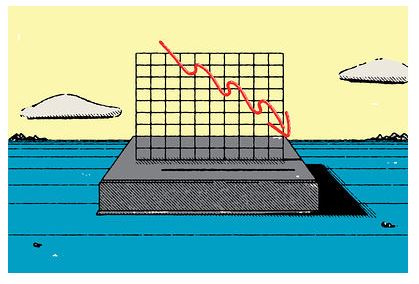What’s in Today’s Report:
- Earnings Season Preview
- Chinese Economic Data Takeaways
Futures are flat as investors await earnings releases from several big banks this morning while the dollar is rallying after economic data in the EU missed expectations.
The German ZEW Survey showed deteriorating confidence among analysts for both the current state, and the future outlook of the German economy while the British Labour Market Report saw the largest jump in jobless claims since 2009 but also a sharp spike in wage growth (+3.4%). Both the euro and the pound are declining on the news, supporting a rally in the dollar.
From a news flow standpoint, it is lining up to be a very busy day.
Beginning with economic data, Retail Sales (E: 0.1%), Import & Export Prices (E: -0.5%, -0.1%), Industrial Production (E: 0.1%), and the Housing Market Index (E: 65) are all due to be released by 10:00 a.m. ET. Retail Sales will be the most important report to watch, but all of the data has the ability to move markets today.
Turning to the Fed, there are multiple speakers today: Bowman & Bostic (8:15 a.m. ET), Kaplan (12:20 p.m. ET), Powell (1:00 p.m. ET), and Evans (3:30 p.m. ET). Focus will clearly be on Powell in the early afternoon, but any other commentary that wavers from the markets expectations for a 25 basis point rate cut at the FOMC meeting this month could trigger some volatility.
Lastly, the earnings calendar picks up today and investors will be watching the several major banks due to release their Q2 results ahead of the bell: JPM ($2.50), GS ($4.82), and WFC ($1.16) very closely after yesterday’s mixed report from C.
JNJ ($2.42) is also due to report pre-market and we will get some transportation earnings after the close this afternoon: CSX ($1.11) and UAL ($$4.06).
Bottom line, earnings are in focus but even with solid corporate results, economic data will need to remain Goldilocks and Fed chatter needs to keep a dovish tone for stocks to continue to churn to fresh all time highs.



